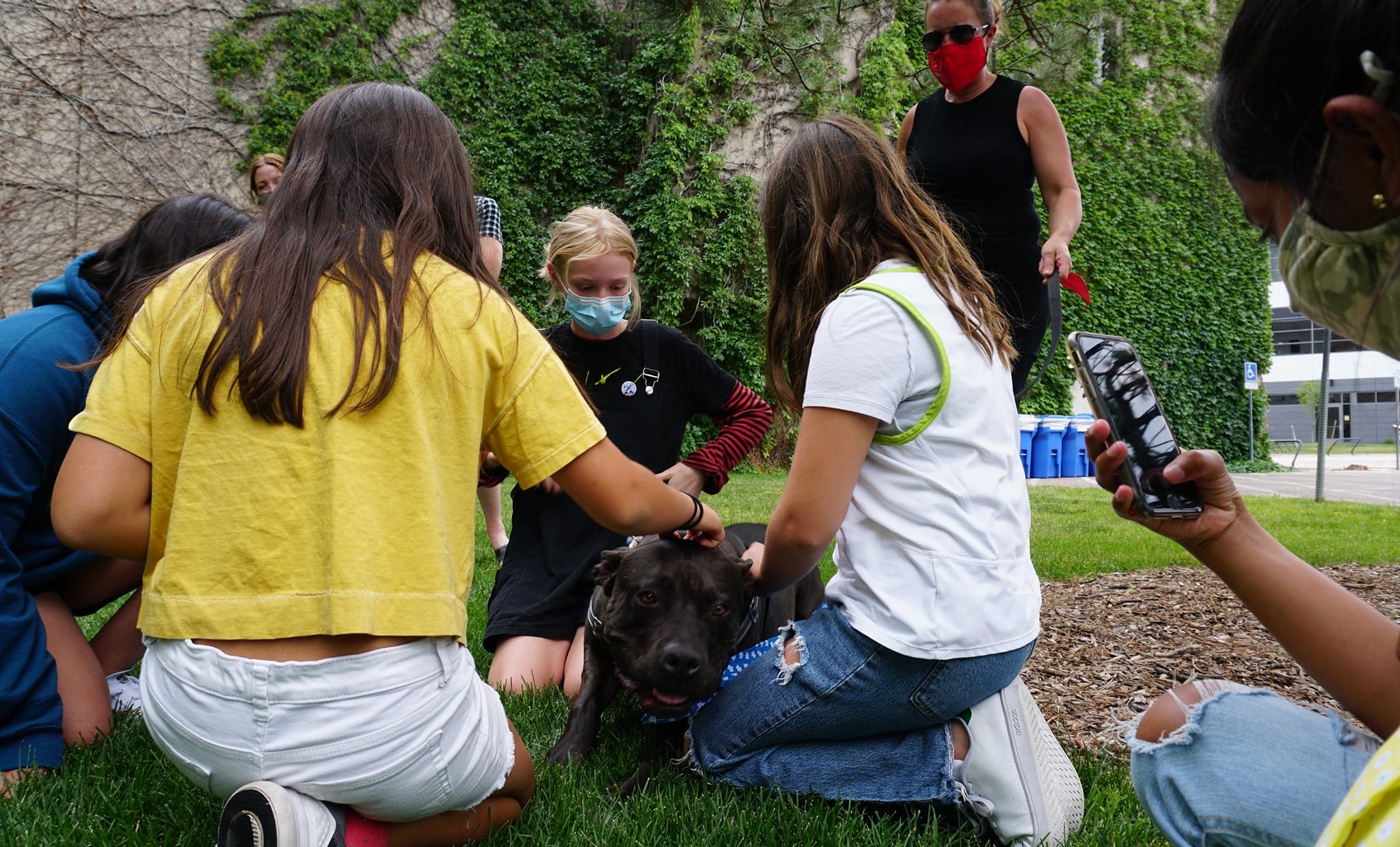
Representing the best qualities of his breed, “Tig” absolutely loves bringing joy to people of all ages while working as a therapy animal in programs with Colorado State University’s Human-Animal Bond in Colorado – HABIC center.
Professional social worker Mary Rutherford had always wanted a therapy dog. When she adopted Tig, an American Staffordshire Terrier, or “pit bull,” from a rescue litter, “I knew he was a very special dog from the moment he arrived,” she said.
The way this stocky, muscular dog works with people in schools, nursing homes, social service centers, and other places proves Rutherford was right about him. Tig’s joyful yet gentle personality shines forth to make a difference with everyone he meets.
In a video from a de-stress event for college students, Tig purposefully moves closer to allow them to pet him, practically sitting in one student’s lap for a really good scratch on his rump, to the delight of the student and their friends.

“Tig has had a varied career as a therapy dog,” said Rutherford. “He passed his first therapy evaluation at age one and a half, which is a remarkable testament to his temperament. Our first outing as a team was an event at a church for foster kids. It was a large group with a lot of activity, and Tig handled it beautifully.”
Working with an “excellent ambassador” therapy animal
Rutherford understands the importance of the human-animal bond because of her own close relationship with Tig, but also for the value of the human-animal interactions they provide while serving as a therapy animal volunteer team.
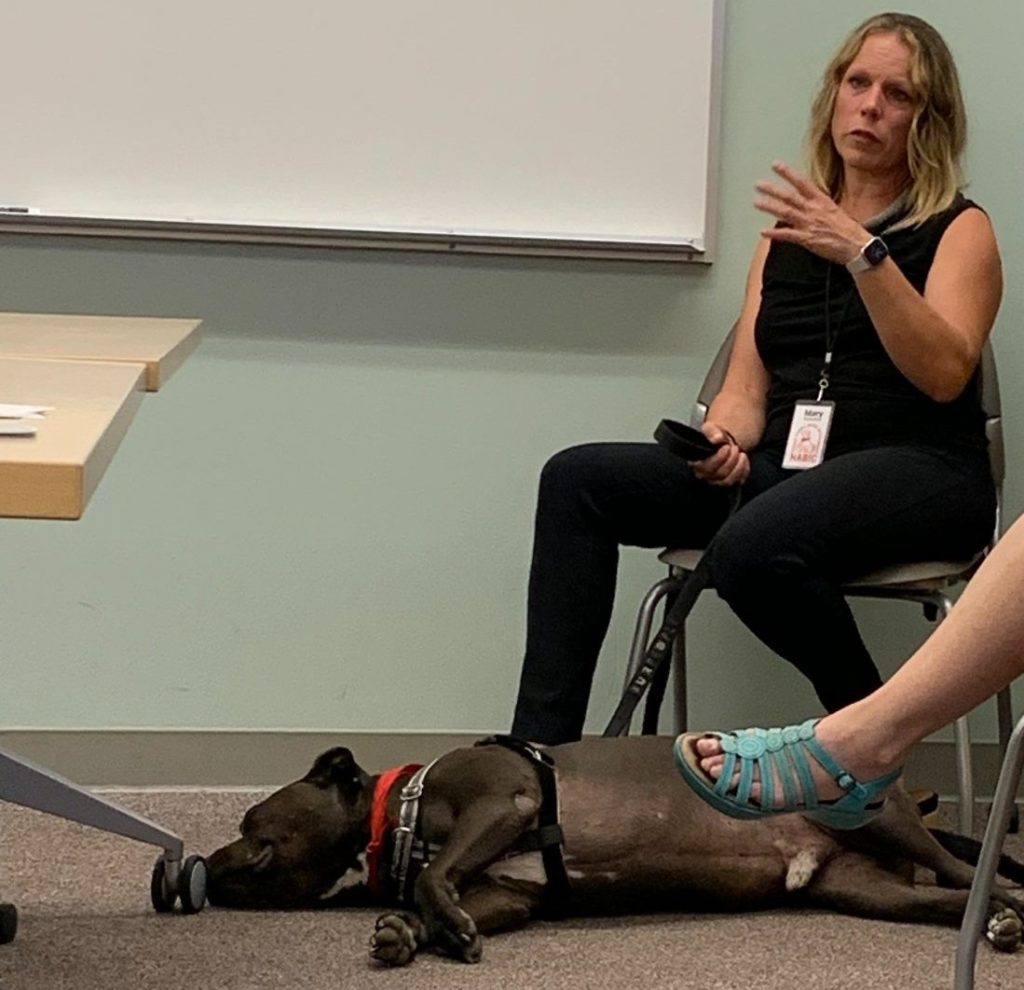
“As a social worker, I am well aware of the impact that therapy animals have on people,” said Rutherford. “To be able to do this alongside my beloved dog is very special. He is also an excellent ambassador for his breed, and for rescue dogs in general.”
Research suggests the human-animal bond can impact people and animals in many positive ways. Some studies have found that petting and making eye contact with a dog can lead to increases in oxytocin, a chemical in the brain involved in empathy, trust, and bonding.
Rutherford and Tig began volunteering with Human-Animal Bond in Colorado – HABIC in May 2021. Their experience includes earlier work with Pet Partners as well as HABIC.
“We have participated in a children’s reading group at the library, and have visited schools to demonstrate safety around dogs. We spent some time at Crossroads, which is a domestic violence organization in Fort Collins,” Rutherford said.
“We have attended de-stress events for college students and staff. We participated in a STEM class for young women who made bandanas for the dogs. Our partnership even took us to Chicago to work with at-risk youth for Safe Humane Chicago, a program I was volunteering for at the time,” added Rutherford.
“Having a therapy dog has allowed me to combine two of my passions: working with people and animals,” said Rutherford. “It’s infinitely rewarding to see the joy Tig brings to people.”

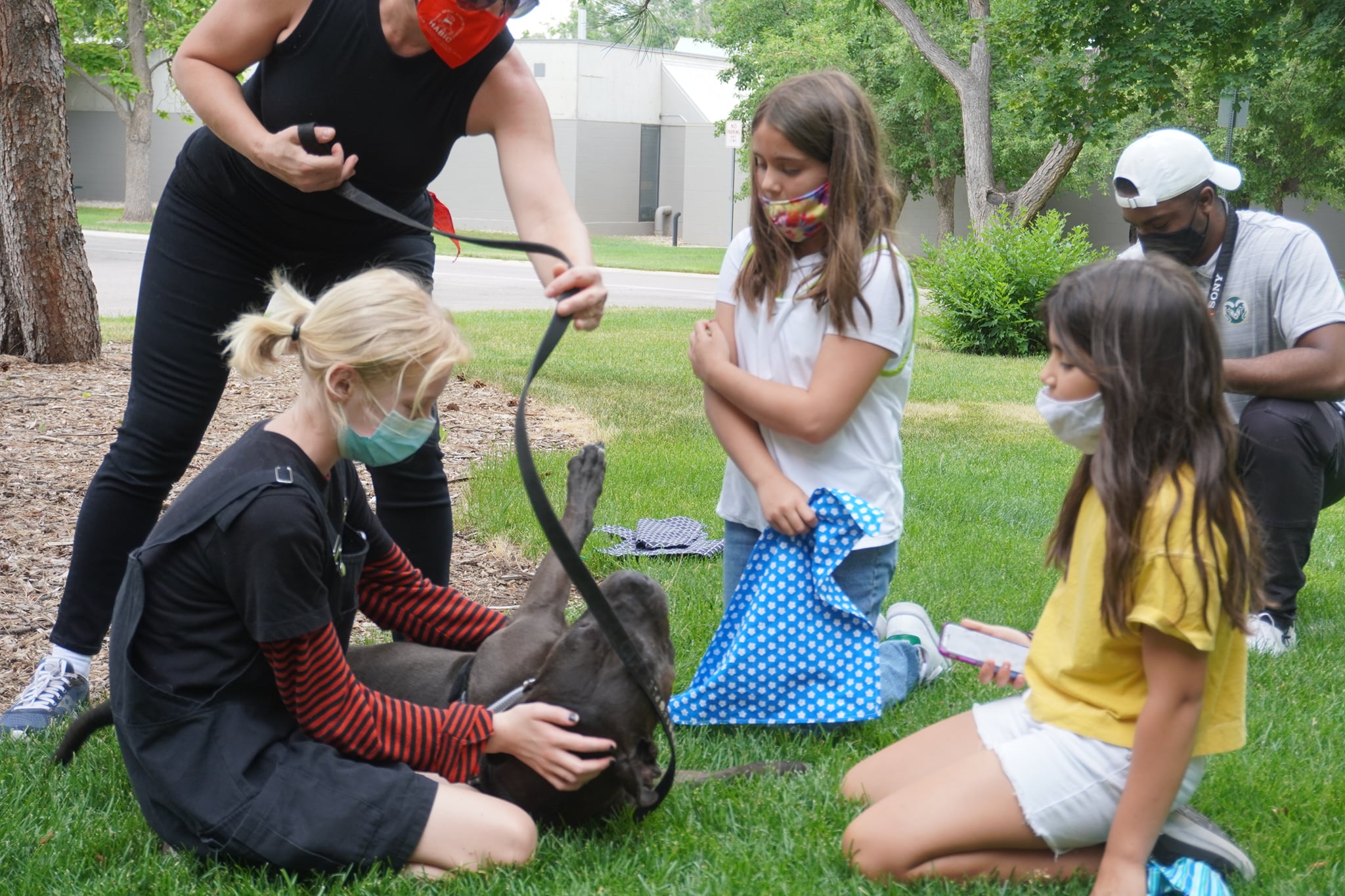
Giving to support HABIC’s impact in the community
Rutherford and Tig are currently volunteering at Lemay Avenue Health and Rehabilitation. “We visit residents every Sunday,” she said. “We also visit with the residents who are living in secure memory care. The residents at Lemay Avenue hold a special place in my heart.”
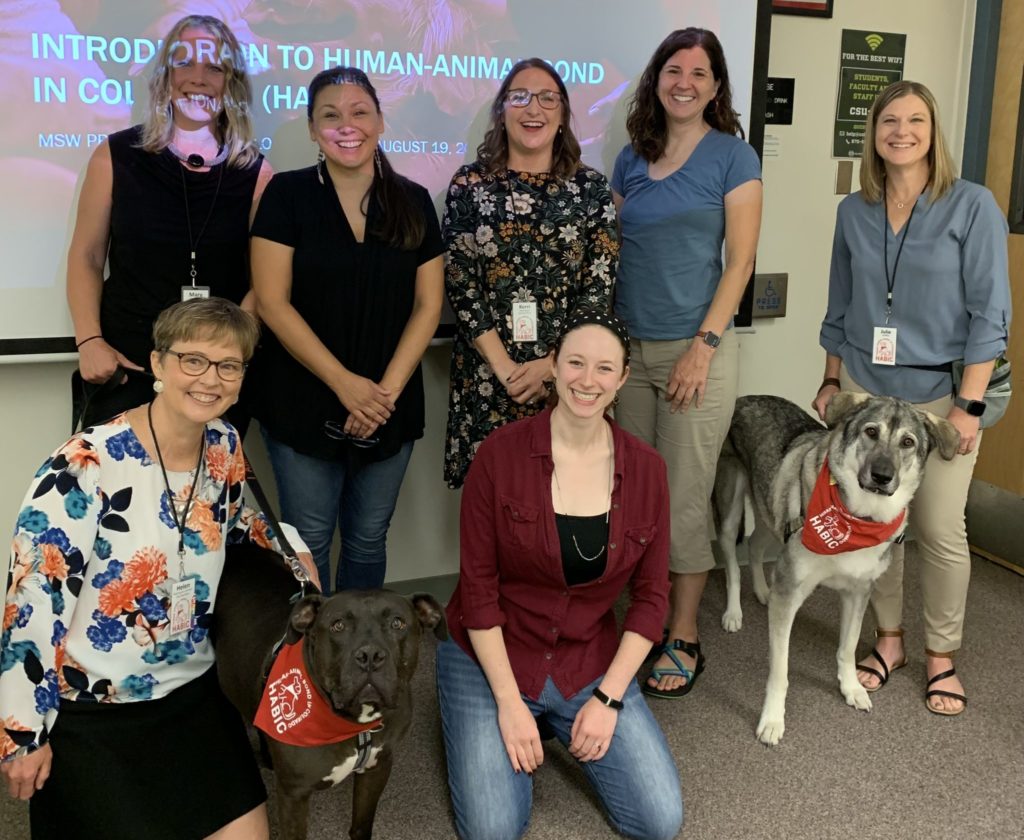
Fortunately, CSU students and employees also still benefit from Tig’s unique personality and abilities. “I have been able to participate in presentations to classes with Tig [for students in the Master of Social Work graduate certificate program Social Aspects of Human-Animal Interactions (HAI)] and attend events involving students, which we really enjoy.”
Rutherford’s appreciation for the academic and research environment at Colorado State University also motivates her to provide financial support for HABIC and its mission of improving the quality of life for people of all ages through the therapeutic benefits of companion animals.
“Giving back philanthropically has always been important to my family,” Rutherford said. “My parents have been excellent role models in their care of others through their actions. I believe that people support what they value.”
“I have experienced firsthand the impactful work that HABIC is doing, and it is important to me that they be able to continue with their mission,” said Rutherford. “It is also a way for me to honor Tig, and the way he has touched so many lives.”
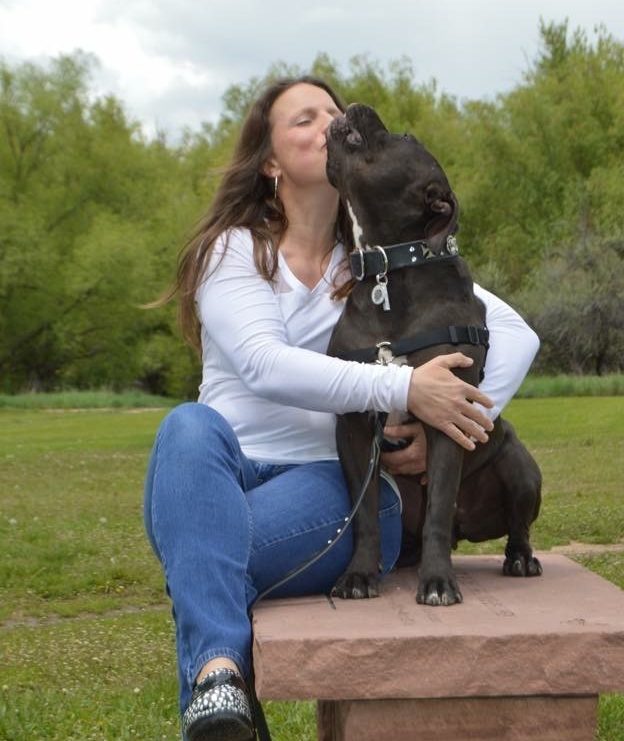
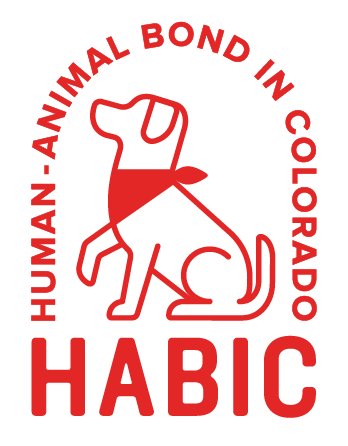 About Human-Animal Bond in Colorado
About Human-Animal Bond in Colorado
Founded in 1993, Human-Animal Bond in Colorado (HABIC) is a center in the School of Social Work, part of CSU’s College of Health and Human Sciences. HABIC’s mission is to improve the quality of life for people of all ages through the therapeutic benefits of companion animals, with particular focus in the areas of community outreach, teaching, and research.